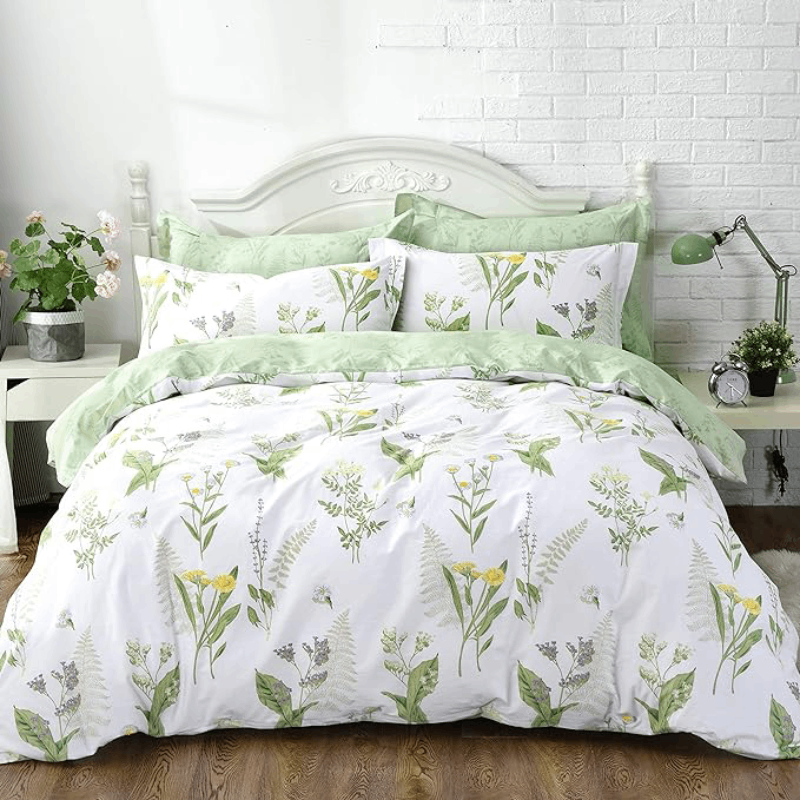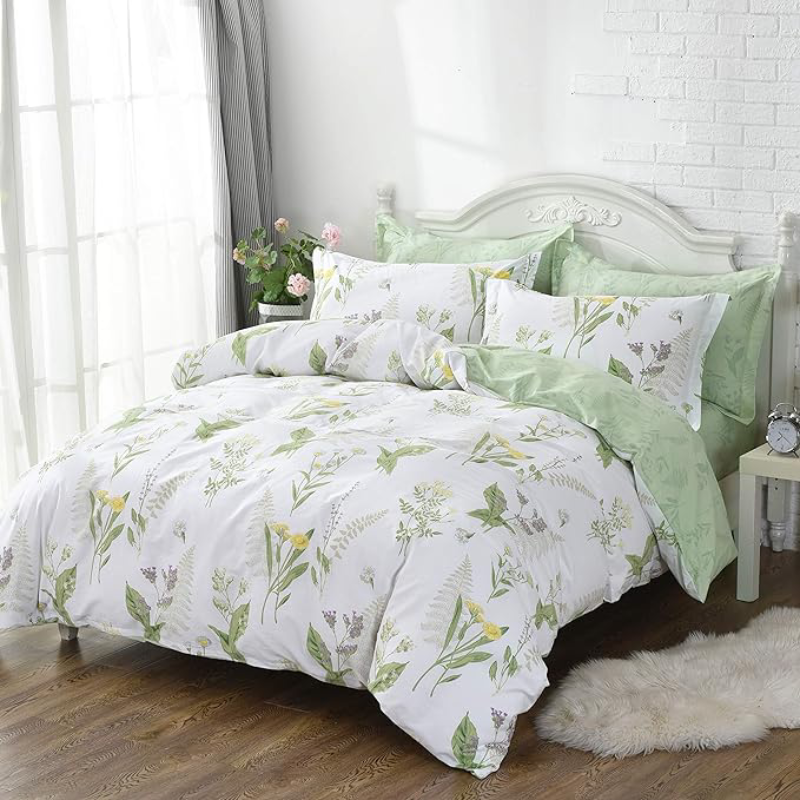Choosing the right thread count for your bedding is an essential aspect of creating a comfortable and restful sleeping environment. Thread count refers to the number of horizontal and vertical threads woven together in a square inch of fabric. While it’s often seen as an indicator of quality, the truth is that thread count is just one of many factors that contribute to the overall feel, durability, and performance of your sheets. This blog will delve into the intricacies of thread count, how it impacts your bedding experience, and how to select the right thread count for your needs.
Understanding Thread Count
What is Thread Count?
Thread count is calculated by adding the number of horizontal (weft) and vertical (warp) threads in one square inch of fabric. For example, if a sheet has 200 horizontal threads and 200 vertical threads, its thread count is 400. Generally, higher thread counts are associated with softer and more luxurious fabrics, but this is not always the case.
Common Misconceptions
Higher is Always Better: Many consumers believe that a higher thread count automatically means better quality. While a higher thread count can indicate a softer feel, other factors like fabric type and weave also play significant roles.
Thread Count vs. Fabric Quality: The type of fiber used (such as cotton, linen, or polyester) can significantly affect how a sheet feels. For instance, high-quality cotton with a lower thread count may feel better than low-quality cotton with a high thread count.
Marketing Tricks: Some manufacturers artificially inflate thread counts by using multi-ply threads, which can make the fabric feel thicker but not necessarily softer or more durable. It's essential to look beyond just the number.
Factors Influencing Thread Count
1. Fabric Type
The material from which the sheets are made greatly influences both thread count and overall quality. Common fabric types include:
Cotton: Often regarded as the gold standard for bed linens, cotton offers breathability and comfort. Look for long-staple cotton varieties like Egyptian or Pima, which typically feel softer and last longer.
Linen: Known for its durability and moisture-wicking properties, linen is an excellent choice for hot climates. Its thread count is often lower than cotton, but it provides a unique texture that many find appealing.
Microfiber: Made from polyester, microfiber sheets are often less expensive and can have high thread counts. However, they may lack the breathability and softness of natural fibers.
2. Weave
The way fabric is woven can also affect its feel and performance. Common weaves include:
Sateen: This weave gives sheets a silky feel and a slight sheen, often associated with higher thread counts.
Percale: A simple, crisper weave that feels fresh and breathable. Percale sheets often have a lower thread count but can still feel luxurious.
Twill: This weave is more durable and has a distinctive diagonal pattern. Twill sheets are generally heavier and can provide warmth.
3. Ply
Ply refers to the number of threads twisted together to create a single strand. For example, a single-ply sheet has one thread twisted together, while a two-ply sheet has two threads twisted together. While multi-ply sheets can offer a thicker feel, they may not always be softer or more breathable.
What is the Ideal Thread Count?
Low to Mid-Range Thread Counts
180-300: This range is considered ideal for percale sheets, offering a breathable and crisp feel. Cotton sheets in this range can provide comfort without being overly heavy.
Higher Thread Counts
300-600: Sheets in this range often provide a balance of softness and durability. Many high-quality cotton sheets fall within this category and are widely recommended for everyday use.
600+: While sheets with a thread count above 600 can be luxurious, they can also be heavy and may not breathe as well. It’s important to ensure that you are purchasing from reputable brands that offer genuine high-thread-count options.

How to Choose the Right Thread Count
1. Consider Your Preferences
Before making a decision, think about what you value most in your bedding:
Softness: If you prioritize a soft feel, look for sheets with a thread count of 300-600, preferably made from high-quality cotton or sateen.
Breathability: If you tend to sleep hot, consider lower thread counts (around 200-300) with a percale weave for increased airflow.
Durability: For durability, choose sheets made from long-staple cotton or linen, regardless of thread count.
2. Test Before You Buy
Whenever possible, feel the sheets before purchasing. Many stores allow customers to touch and feel the fabric, giving you a better sense of its quality and comfort. If shopping online, look for detailed descriptions and customer reviews that mention the feel and durability.
3. Research Brands
Some brands specialize in high-quality bedding and provide transparency about their materials and manufacturing processes. Look for companies that focus on sustainable practices, as they often prioritize quality over quantity in their products.
4. Pay Attention to Care Instructions
Care can significantly impact the longevity of your sheets. Some high-thread-count sheets may require special washing and drying techniques, while others can withstand regular laundering. Be sure to check care instructions before making your purchase.
5. Consider Your Budget
While high-quality bedding can be an investment, there are options available across various price ranges. Aim for the best balance of quality and cost, remembering that a higher thread count doesn’t always equate to better comfort or durability.
Conclusion
Choosing the right thread count for your bedding involves considering multiple factors, including fabric type, weave, ply, and personal preferences. While thread count is an important metric, it’s crucial to look beyond the numbers to ensure you select sheets that provide comfort, breathability, and durability.
Investing time in understanding your options will lead to a more restful and rejuvenating sleep experience. Ultimately, the right bedding can significantly enhance your overall well-being, making it a worthwhile endeavor to find the perfect sheets for your needs.













